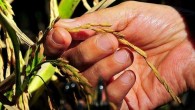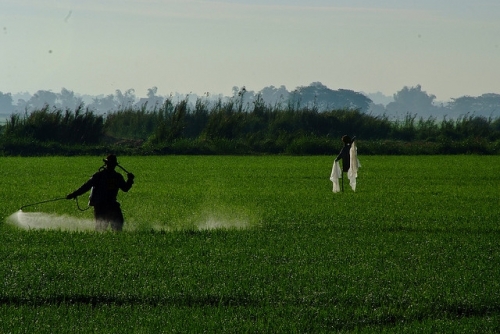Tag Archives: health
In the late 1960s, newly developed, high-yielding rice varieties launched the Asian Green Revolution, which rapidly pushed up yields and allowed rice production to keep pace with population growth. In the Philippines, as in many other countries, widespread use of pesticides expanded in step with the new varieties. This was largely due to concerns that crop losses from...
The simple answer to the question posed by the title is “no”— because most rice is not dangerous. On closer inspection, though, we find that some rice-cropping systems are more likely than others to take up metals that are toxic to humans. Such metals may be a natural part of the local environment or present in industrial pollution. Who is most at risk from contaminated...















